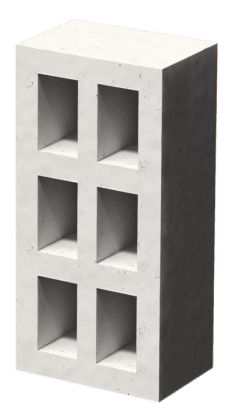The recent rains in Bengaluru made one thing absolutely clear: we need to re-think how our cities are built. Bengaluru was once a rather quiet town with a modest population, but ever since the IT industry made landfall in the city, it has expanded beyond anyone’s wildest imaginations. Since the year 2002, the city’s population has more than doubled. As a result of this aggressive growth, the authorities at the city have not been able to get ahead of the growth and plan the city in a manner that is conducive to truly liveable neighborhoods. This has led to extremely high levels of pollution and resource consumption. In other words, the actions that have led to Bengaluru becoming the city it is today were perhaps made without too much consideration placed on future impact. To remedy the situation, future emissions, inhabitability and resource consumption must be accounted for.
So, in this article, we take a deeper look at what we could learn from the situation in Bengaluru, the role of sustainable practices in alleviating the situation and what we can actually do to build better cities.
The price of rapid expansion
As we stated before, Bengaluru very quickly expanded beyond anyone’s wildest imaginations in a very short amount of time. This perhaps made it hard to plan the city. Specifically, the issues that Bengaluru suffers have to do with hastily built infrastructure that had far-reaching consequences many years after their construction.
Take the city’s roads, for instance. The older parts of Bengaluru have relatively smaller roads that aren’t able to cope with increased flow of traffic. This has led to the cutting down of much of the garden city’s green cover to make room for expanded roads. As a result, pollution and heat are relatively concentrated. Moreover, the roads themselves are prone to be water logged which leads to slower traffic flow, thus increasing emissions.
The city’s buildings fall victim to the similar issues. Yes, the buildings are located on lake beds, and when rainfall is unexpectedly higher, it leads to flooding. However, another troubling fact is that buildings are built with materials with considerable carbon footprints.

As we know, construction accounts for nearly 45% of the world’s carbon emissions, so given Bengaluru’s rapid expansion, one can safely assume that the emissions emitted over the course of the last two to three decades have accelerated climate change, leading to the harsh rainfalls.
There is a need to treat the cause, as well as the symptoms
All of this is to say that while there is certainly a need to address the immediate concerns by coming up with solutions to prevent flooding, the underlying cause behind Bengaluru’s situation is the fact that the city has been built without taking emissions into account. While there’s a need to serve business needs by expanding the built-up area of the city, the situation in Bengaluru is proof that building cities in an unsustainable manner leads to loss of business. This is evidenced by the fact that the businesses located in Bengaluru’s flood-ridden areas suffered a loss of nearly INR 225 Crores in just one day.
So, where do we go from here?
The answer is simple: city expansion projects must be done in a sustainable manner. To do this, emissions and resource consumption must be considered much more seriously when planning infrastructure projects. One could argue that Bengaluru’s per capita consumption isn’t that much higher than the rest of the country’s cities, and also that the recent metro expansion has led to a reduction in emissions. However, it must be noted that the nuances of each city are different. Bengaluru, a city that was formerly known as the land of a thousand lakes, is in a geography that is conducive to collecting rainfall. To put it plainly, there’s no denying that the underlying cause to the recent record rainfall in Bengaluru is climate change. So, the solution is to counter climate change at scale.
Sustainable construction practices are a must
City landscapes must be taken into consideration when creating a plan for expansion – it’s never a good idea to build atop a lake bed. So, there’s a need picking locations for projects that take factors beyond just business into account.
Beyond that, there’s a strong need for choosing the right materials and construction techniques. We had discussed the problem with Mivan construction in an earlier article, but given that it is a widespread practice, it’s a telling sign that we need to take a long hard look at the materials and techniques we use to construct our cities.
That’s where companies like GreenJams come in. Through material innovation, we have created a carbon-negative building block out of Agrocrete® which offers the same lifespan and strength as AAC, while being carbon-negative and offering 350% better thermal insulation among other advantages. We strongly believe that going forward, there is a real need to pivot to using sustainable materials such Agrocrete® and reduce the emissions associated with construction. Further, Agrocrete® is made of crop residues and industrial byproducts, so it contributes to the circular economy by minimizing use of virgin resources and maximizing the use of upcycled materials.
Agrocrete® provides a safe and responsible way to expand and meet the demand for infrastructure without endangering the planet, and ultimately, they present a real and lasting solution to making our cities more livable.



